Join US
Do you want to build the fantasy world you’ve always dreamed of?
Subscribe to receive notifications when a new post is out and for our monthly newsletter!
You can always unsubscribe anytime.
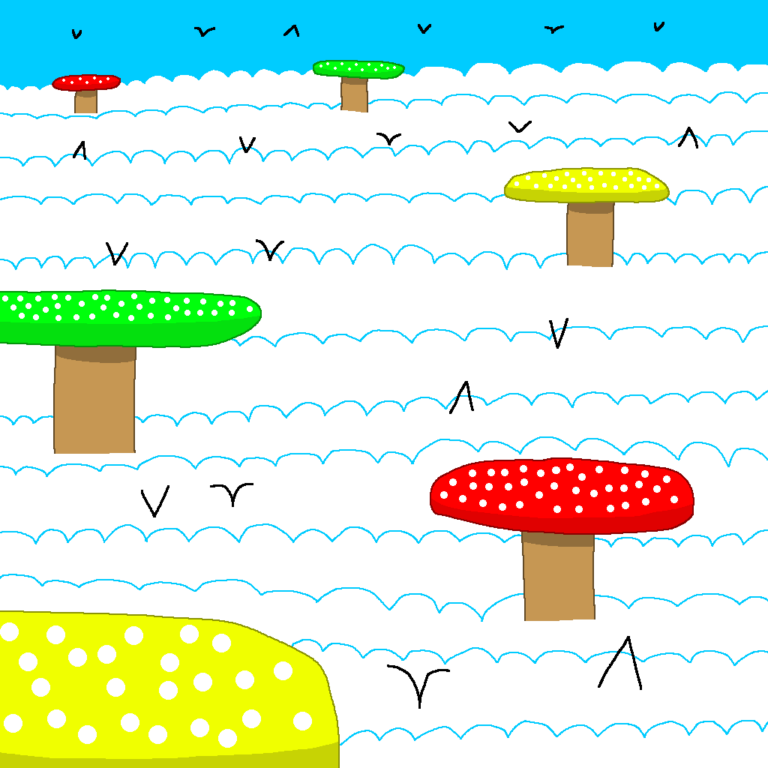
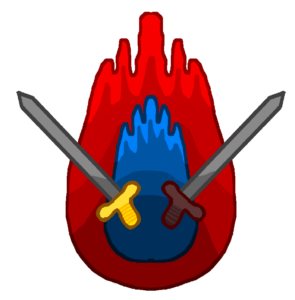
One core aspect of worldbuilding in fantasy is the place in which characters interact with each other or objects in the scene. This interaction can occur either in the foreground or the background. The place where this happens is a fantasy environment.
A fantasy environment is a place where there’s flourishing lifeforms whether it be in the mountains or underground. This can be both outdoors and indoors as mentioned in the previous sentence.
It is absolutely crucial to take your time in fleshing out all the environments you plan to showcase in the world in which your tale takes place in. This means determining each one’s bestiary and plants, how they look, and so on.
While it’s not imperative that every one of them show up in your story, since what will appear is heavily cognizant on how you structure it, doing so helps you bring the vision you have of how your world looks like to reality. As a bonus, should you decide to do a sequel, you already have a great selection to work from instead of starting from scratch!
In the long run, this will be better both for you and for your audience. Your viewers will come to love how dedicated you are to creating vibrant environments that they can’t get enough of! And they’ll want to come back for more!
This article will focus on what goes into a fantasy environment and how it drives the story. While this is more of an overview, we have plenty of articles that cover the various types of environments, which can be conveniently located on the Fantasy Environments button on our blog page. We have tons for you to peruse at your leisure! Hopefully they help you build the world of your dreams!
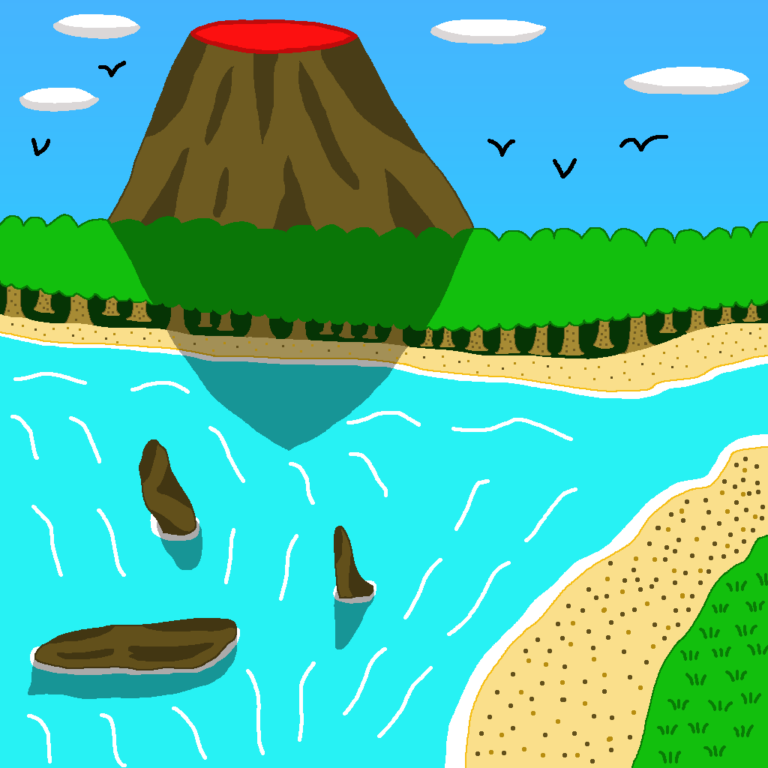
What function does a fantasy environment serve? Before we can answer that, we must first consider what you expect to see in one. After all, an environment simply doesn’t exist in a vacuum. Instead, it’s dynamic and both external and internal forces make it change over time.
A fantasy environment consists of:
Putting them all together, a fantasy environment is simply the setting in which everything take place, from people going to work from home to ships carrying treasures of gold on the high seas.
As such, it is constantly changing, being affected by the decisions people and animals make and the weather, for better or worse. What factors cause the changes in an environment?
These changes help make an environment feel more like ours in the real world, since ours have underwent great changes over the ages. Besides making it feel real, they also enable the audience to feel more immersed in your world.
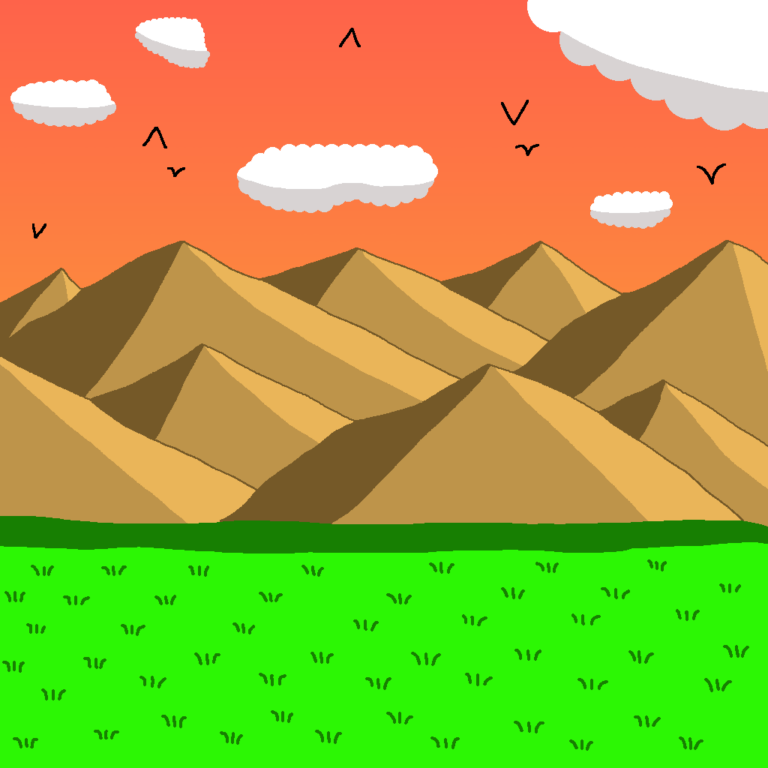
In its simplest terms, a fantasy environment is merely the stage where the characters of the story play out their roles. While there are many different types that act only as a scenic backdrop for the audience to gaze at while listening to the characters speaking, that isn’t all they can do. They’re so much more than that and smart creators have them play an integral role in shaping the story.
There are several ways an environment affects the story both directly and indirectly:
Each one will be expanded further in this section, so keep reading on!
One way a fantasy environment plays a role in the story is to impede the hero’s progression. It does so by becoming an obstacle that he must overcome. Choosing this option forces the hero to make a choice. He must either go around it or find a way to successfully navigate it in order to make it to the other side where he can continue with his journey.
You see this scenario unfold across many worlds in the genre. It’s a popular option because it leads to new storylines down the road that may prove crucial later on. The hero could meet new characters who become invaluable or discover a new weapon that he’ll need to vanquish his foe. There’s many different avenues to explore here!
Nevertheless, this option is part of the arc of the hero’s journey. It makes the hero become stronger, for he has to learn how to make difficult decisions and this serves as a trial by fire. He has to consider the long-term consequences of the decision. He could opt to go the safe route, which is to go around it, but it’ll cost him time which could play into the villain’s hands. Alternatively, he could just go through it, but he may face stronger enemies or treacherous terrain. The possibilities are endless!
So what sort of barriers can you use here? You could go with a popular one like mountains or the sea. They present their own set of challenges that the hero must find a way to cross.
You could instead choose one that might not be as popular but still serve the same function. What about a forest riddled with ghosts or a desert that’s too hot to walk in the daytime? Those types of barriers stand out a bit more due to how unusual they are.
Our fantasy environment series contains articles that cover these types of barriers in more detail and clicking on said series on our blog page will take you there.
Another way to bring a fantasy environment in your tale is to have it throw a wrench out of nowhere that causes an instantaneous dramatic shift in the story. Hence, it’s a different kind of obstacle that the hero must contend with, being forced to make a decision with literally minutes to spare. This makes for riveting drama, for the audience wants to see what happens.
How does an environment cause a sudden shift in the story? There are several ways to accomplish this and we’ll go over them.
The first is to have a major weather event that materializes quickly. This could be a violent thunderstorm or a blizzard that poses a threat to the hero’s life. The environment instantly becomes forbidding during said event, meaning the hero has no way to avoid getting unscathed. He must make a decision fast, for his life depends on what he decides to do.
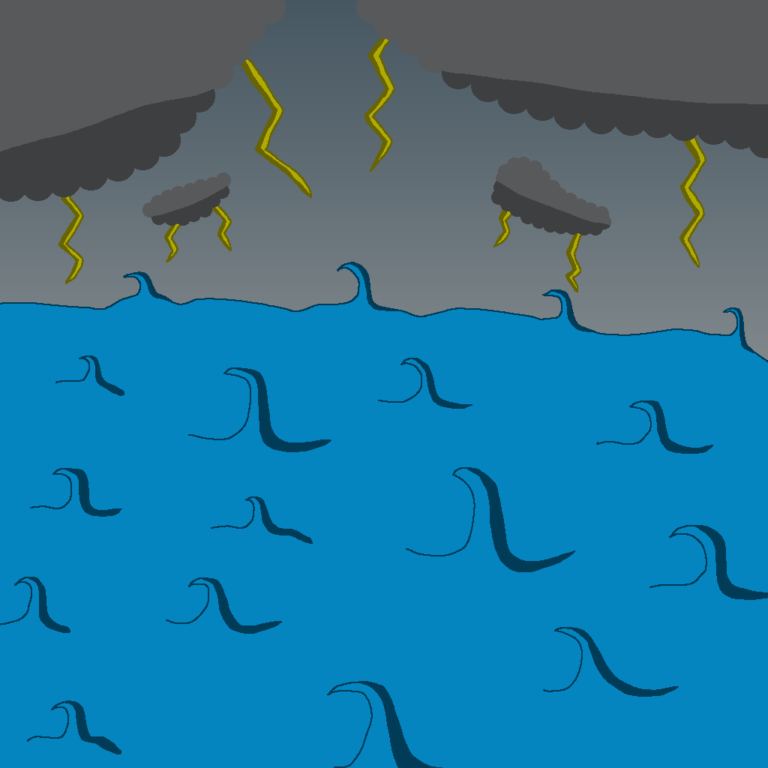
Another way is to have a large number of wildlife unexpectedly pose a threat to the hero. Perhaps they’re madly stampeding. They could be making their annual migration or something forced them out of their natural habitant. The hero is caught in the stampede and needs to find a way to avoid being stomped to death.
Or they dominate the area, meaning the hero needs to choose between avoiding them or fighting them. They don’t take kindly to intruders and will zealously guard their home, even going so far as to kill them.
Natural disasters are the third and last sudden obstacle a fantasy environment can throw at the hero. Of the three options, this is the one with the most far-ranging effects. They have the power to completely upend an environment — and the story — in many ways. Natural disasters have reverberating effects that go all the way to the tale’s end. This makes for compelling drama since the world is forever changed and the characters must learn how to adapt to their new circumstances.
Many stories focus on how a fantasy environment changed over time. While this isn’t a main focus, it’s an important component of worldbuilding. The audience learns more about the past which helps them understand about things came to be in the present. This is usually communicated by having characters comment on how things once were and what’s happened since then or showing how it changed.
Here, the environment plays an active role by having things that characters interact with. Ruins are a great way to achieve this, since they’re physical reminders of a forgotten world that no longer exists. You can also place unusual objects that shouldn’t be there like a large piece of volcanic rock that’s smack-dab in the middle of a forest. By exploring it, the characters and audience learn more about it which leads them to understand why it’s the way it is now.
The past determines the present and the same applies to how a fantasy environment changed from then to now. Much like our world, an environment is constantly undergoing changes and many different factors drive these changes. You can use this to your advantage to create compelling tales that captivate people.
Perhaps you have a great magical civilization that mysteriously collapsed overnight a long time ago and nobody knows why. Since the answer lies somewhere in the past, you can use the environment to piece together how that civilization fell apart by having your characters explore ruins that offer clues as to the reason why.
Showing how an environment’s changed helps make your world feel more real to your audience which is always a plus! You want your viewers to form a connection with your world which will make them want to come back for more.
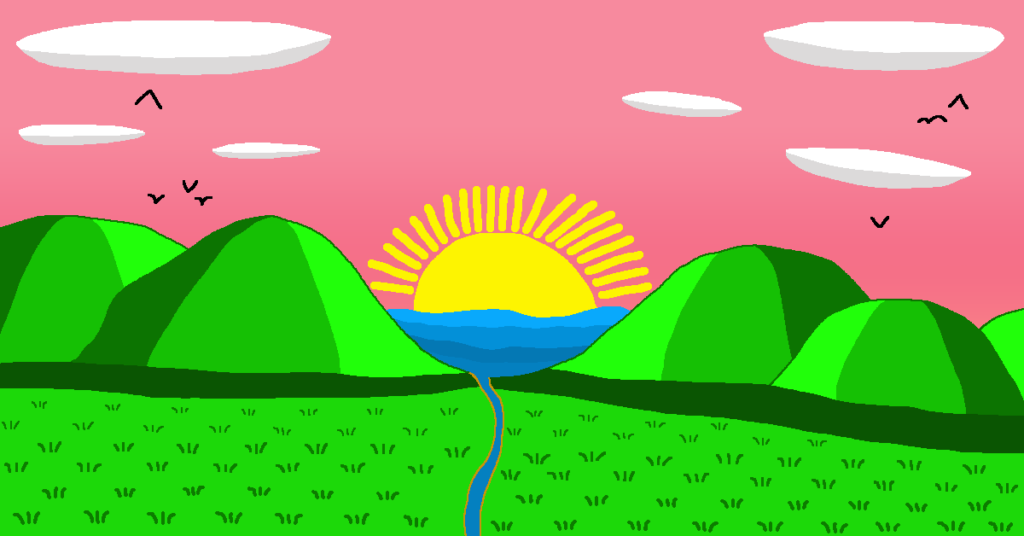
Everyday, people interact with the environment in different ways. Their interaction creates an interesting, vibrant world. They’re constantly dynamic and no two are exactly the same. The same holds true for characters.
The top interaction characters have with a fantasy environment is to simply be there. Whether they’re walking in a forest or sleeping in an inn, by virtue of them being there at that point in time, they’re a part of it, regardless if it’s temporary or permanent.
Another way characters interact with the environment is to speak with each other. In most cases, the environment is relegated to the background, acting as the setting for the characters’ conversation. Information flow out of mouths, money change hands, people touch each other, and etcetera. Each interaction moves the story forward one way or the other and leads to a new storyline down the road.
Objects appear all over an environment. They can be people or animals or things like swords and boats. Bringing them into a scene gives characters far more things to do besides speaking with each other. You can have them drinking, sailing, fighting, and so on. Interacting with objects helps breathe life to a fantasy environment.
Just like in plays, scenes that take place in an environment have both a foreground and background. We’ve already noted that the background acts as the visual backdrop for the scene but that’s not all it’s capable of. You can place characters and objects there or create an entirely different environment compared to that of the foreground. For example, you can feature two characters calmly talking in a cabin with a large window showing a thunderstorm passing through. The characters’ calmness amidst a fierce storm is an interesting juxtaposition.
The foreground is where most of the action takes place. Every scene here advances the story so it’s vital that you have the right environment to match it. Let’s consider the cabin from the previous paragraph. Would it work if instead of the cabin, the characters were deep in a cave? No, of course not. They wouldn’t be calm at all, rather they’d be tense since they don’t know what’s lurking in the darkness. And they’d have their weapons out, ready to defend themselves should the need arise.
A fantasy environment is an essential part of worldbuilding. It is where you see people, animals, and terrain. You also see things like swords and chalices. An environment has both a foreground and background and each plays a part in shaping the story.
Every scene in a tale needs a stage and that’s where a fantasy environment comes in. You audience can see your characters journeying through a mushroom forest, buying items in a shop, or battling demons on a snowy plain with a snowstorm blowing in the distance.
Much like how your characters evolve through the tale, an environment too changes over time. Show how by putting reminders of what it once was whether they be ruins or something else. The changes are also a great way to show your audience a glimpse of the past.
Your characters interact with the environment in many ways and it’s up to you to craft them in a way that not only makes sense for your characters but for the story as well. The goal here is for each interaction to actively contribute to moving the story forward, whether it’s an inch or a mile.
Creating a fantasy environment isn’t easy. It takes a lot of work — and check out our many articles that cover the various types of environments you come across in the genre so you have plenty of resources to help you! — but it’s worth it! In the end, you’ll have created an amazing place that your viewers can’t get enough of!
Let me know what you think in the comments below. (Note: this is an account-exclusive feature).
If you don’t have one, you can register here. It only takes a few moments of your time!
Liked this article and want to subscribe? All you have to do is fill out the form below and that’s it!
Thanks for reading this and until the next time,
Sunfire
Subscribing means you receive:
You can always unsubscribe anytime.
Do you want to build the fantasy world you’ve always dreamed of?
Subscribe to receive notifications when a new post is out and for our monthly newsletter!
You can always unsubscribe anytime.